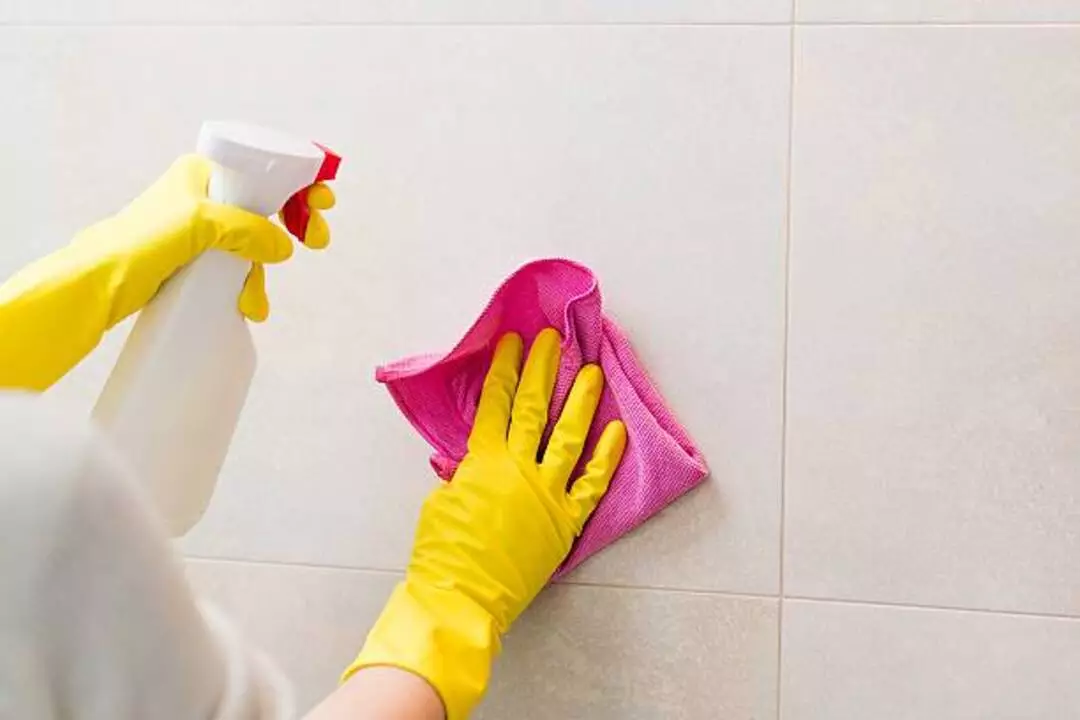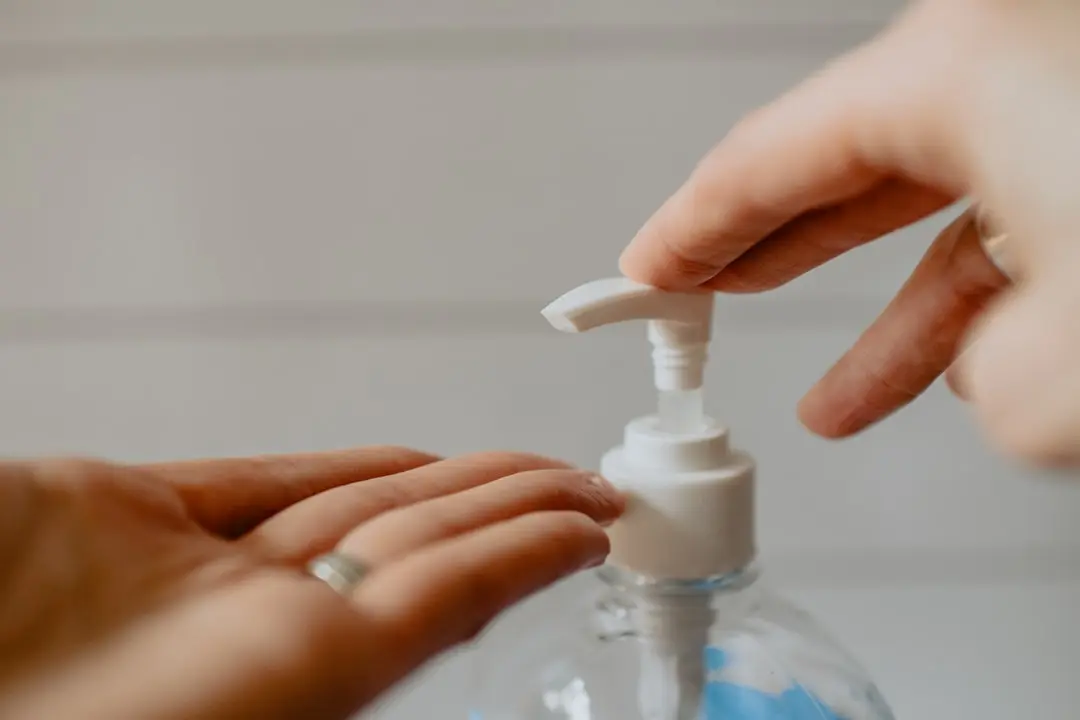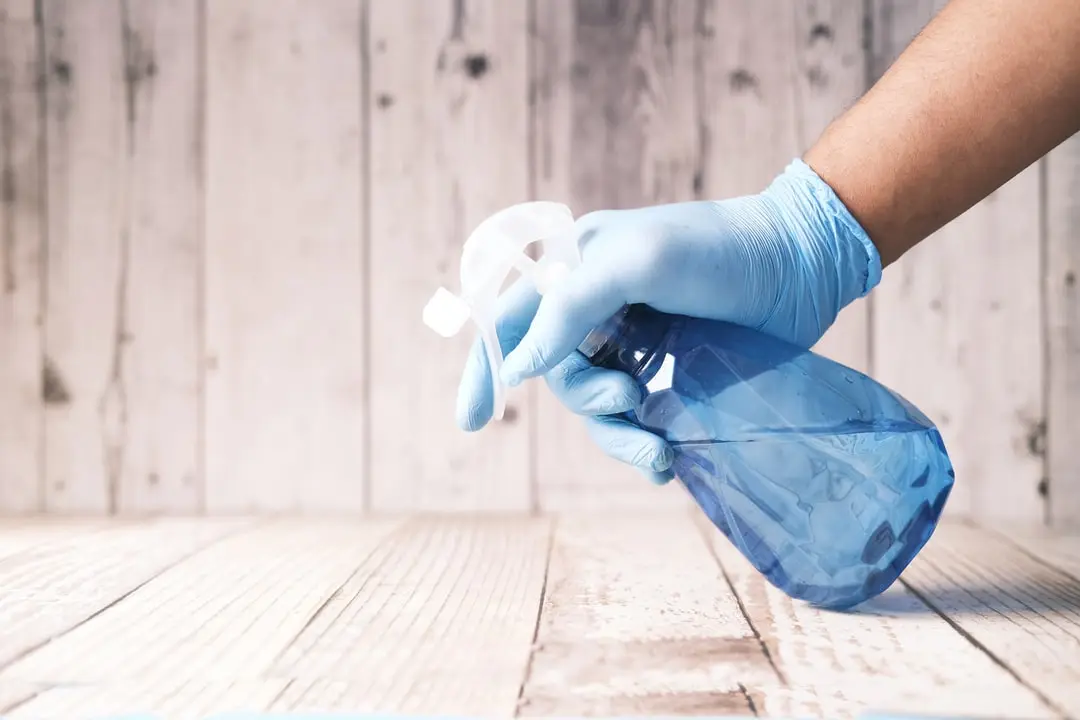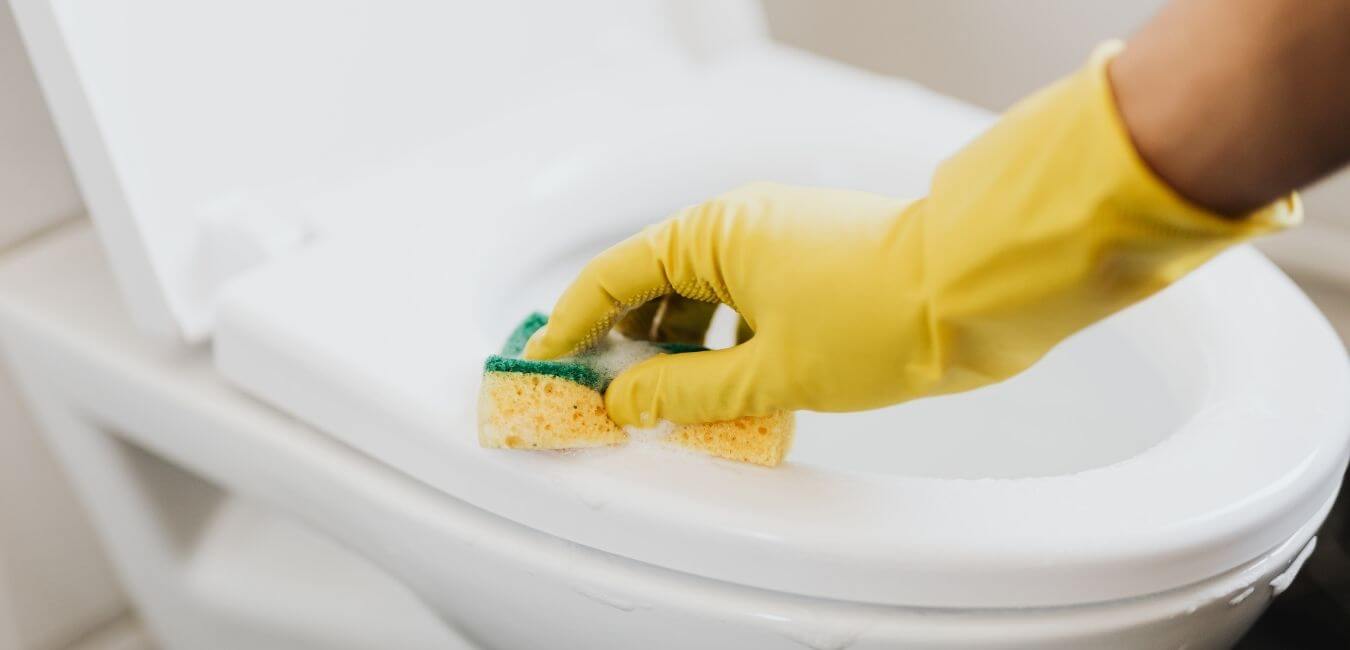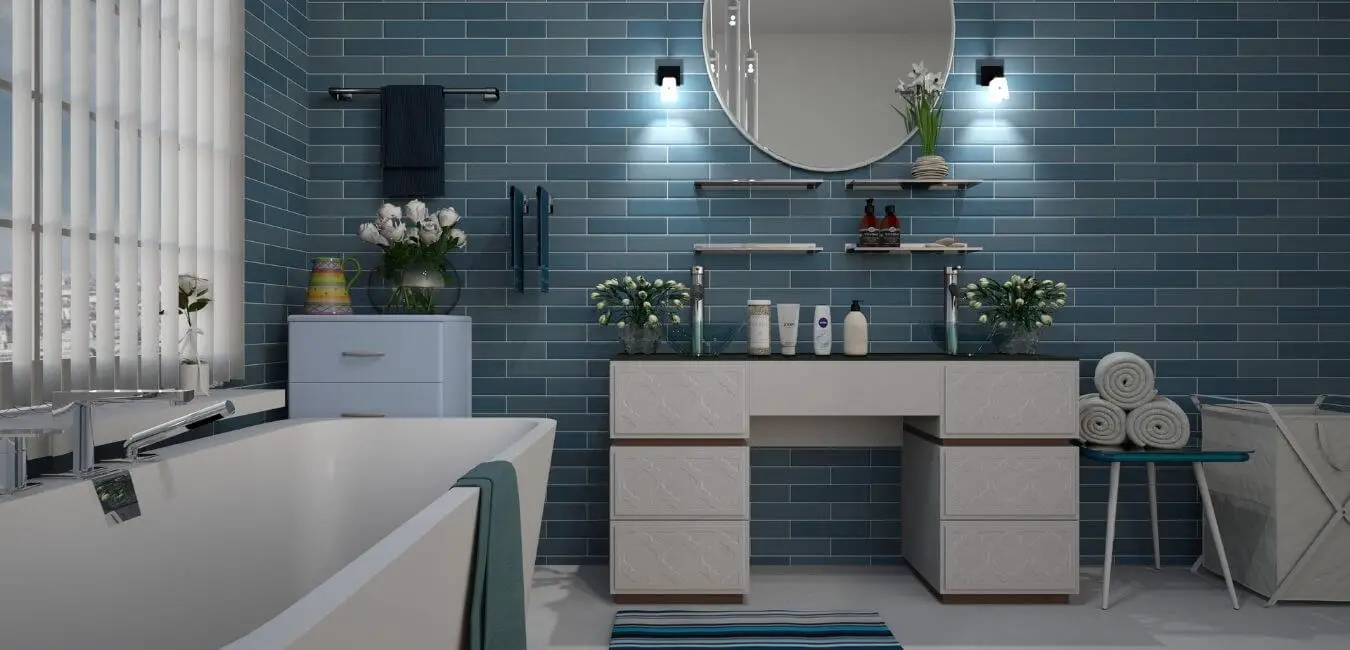Can vinegar damage your ceramic tiles? The answer to this question depends on how much vinegar is used and how long the vinegar has stayed on the ceramic tiles. Cleaning ceramic tiles can be a little bit tricky, but doesn’t require you to be a professional cleaner.
If you are looking for an efficient way to clean your kitchen, bathroom, or any other surface in your house, it is important to be aware of the hazards that can come along with using certain products.
Vinegar is commonly used as a household cleaning agent because it is cheap and effective at removing dirt from surfaces. One question many people have asked is whether vinegar will damage ceramic tiles. Let’s find out!
Ceramic Tiles and How They React with Vinegar
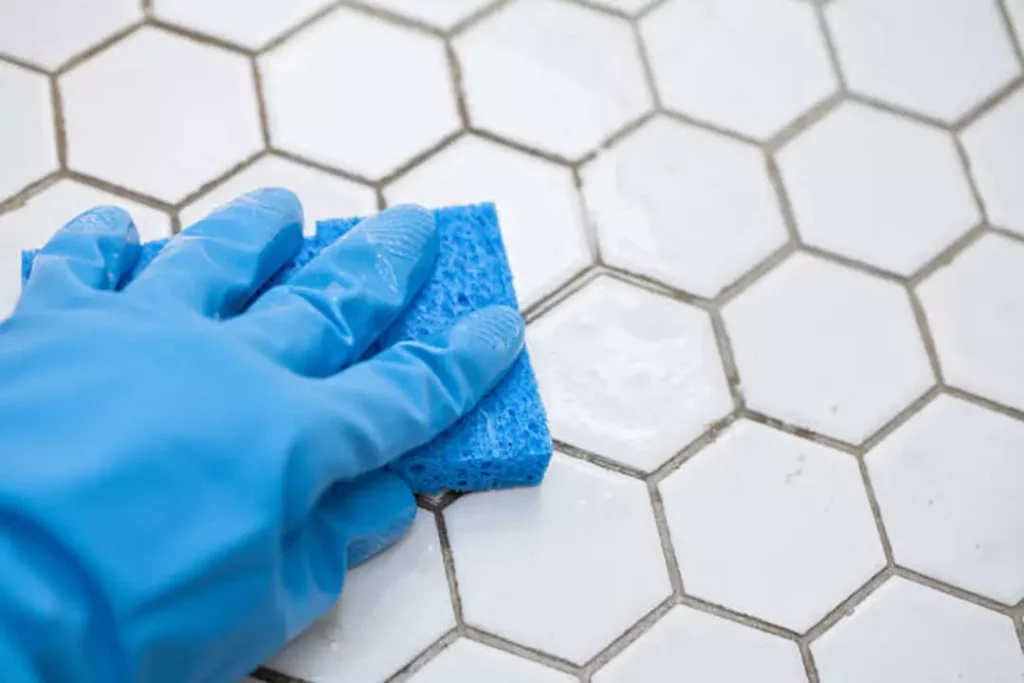
Ceramic tiles are composed of compressed clay, minerals, and water. The composition makes the tile both durable and fragile. It is fragile in the sense that it breaks easily when exposed to pressure or temperature changes.
However, it is also strong enough to hold itself together even when exposed to drastic temperature changes. This is why ceramic tiles are used in kitchens and bathrooms.
But there is another fact about ceramic tiles that homeowners should know. The material reacts with acidic liquids like vinegar. Vinegar contains acetic acid, which has a low pH level.
This means the liquid can slowly break down the tile over time. This reaction can be accelerated if heat or pressure is applied to the substance of the tile.
To avoid damaging the tile, homeowners should not leave vinegar unattended on the surface. Furthermore, tiles made of clay are more likely to be damaged than porcelain or stone tiles. And like anything else, vinegar can still damage ceramic tiles if it is used improperly.
Factors To Consider when Cleaning Ceramic Tiles with Vinegar.
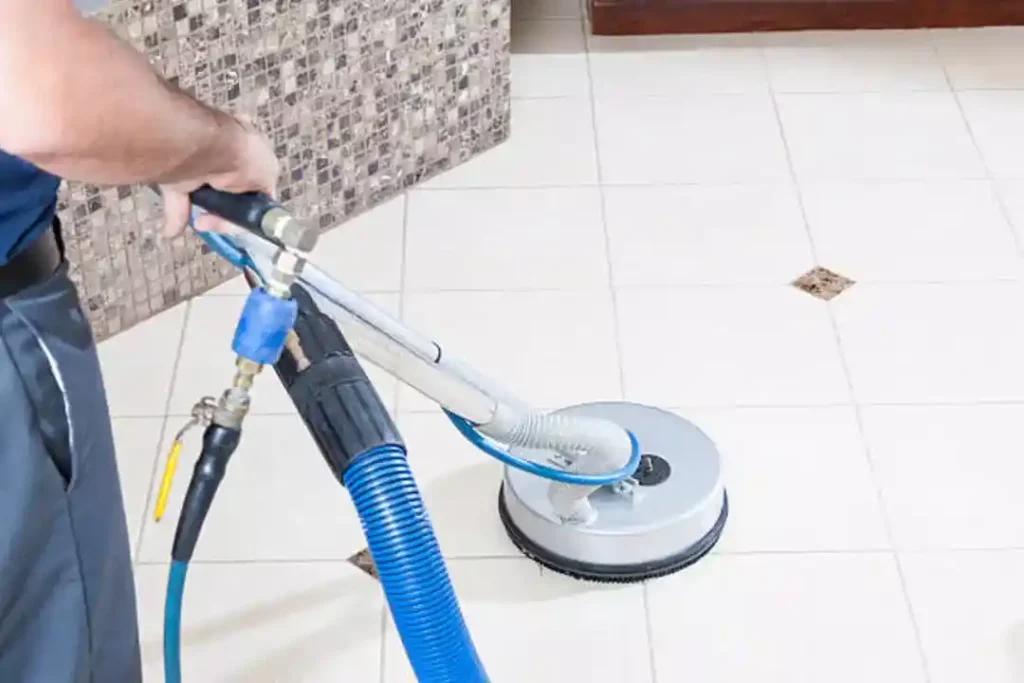
One of the most important factors to consider when cleaning ceramic tiles is the type of vinegar that will be used. Not all types of vinegar are effective in removing mineral deposits from ceramic tiles.
The best kind of vinegar for this purpose is apple cider vinegar, or ACV, which is made out of apple cider, yeast, and bacteria. It is used for both cleaning minerals from the tiles and making the floor shine.
In addition, another important factor to consider when cleaning ceramic tiles is whether or not a steam cleaner will be used in conjunction with vinegar. For most floors, steaming with a mixture of white vinegar and water does a great job of loosening dirt so that it can be vacuumed up.
This method of cleaning, along with vinegar, is one of the most common products used in households for cleaning ceramic tile floors because it works well without any harsh chemicals that could damage or ruin the tiles.
Another factor to consider when cleaning ceramic tiles is whether or not a grout brush will be used during the process. This type of brush is especially helpful when breaking apart mineral deposits on the grout between ceramic tiles, but it can also be used to remove dirt from the tiles themselves by working it in-between them since most are small enough to fit into corners or other areas where dirt accumulates.
Finally, it is important to remember that the floor should be rinsed after the vinegar has been applied to it; this ensures that all of the vinegar used for cleaning will not remain behind. This rinse should be done with clear water, which also helps to ensure no additional vinegar residue is left behind on the tiles.
After rinsing, it is important to leave the ceramic tiles to air-dry. Depending on the humidity levels in the room, this could be a quick process, or it could take up to two hours for them to dry completely. Flooring should only be walked on after it has completely dried.
Remember that all of these factors are important when cleaning tiles with vinegar so that the best possible results can be achieved. Kindly visit our blog page for similar articles or other related subjects about cleaning.
How to Clean Ceramic Tiles with Vinegar?
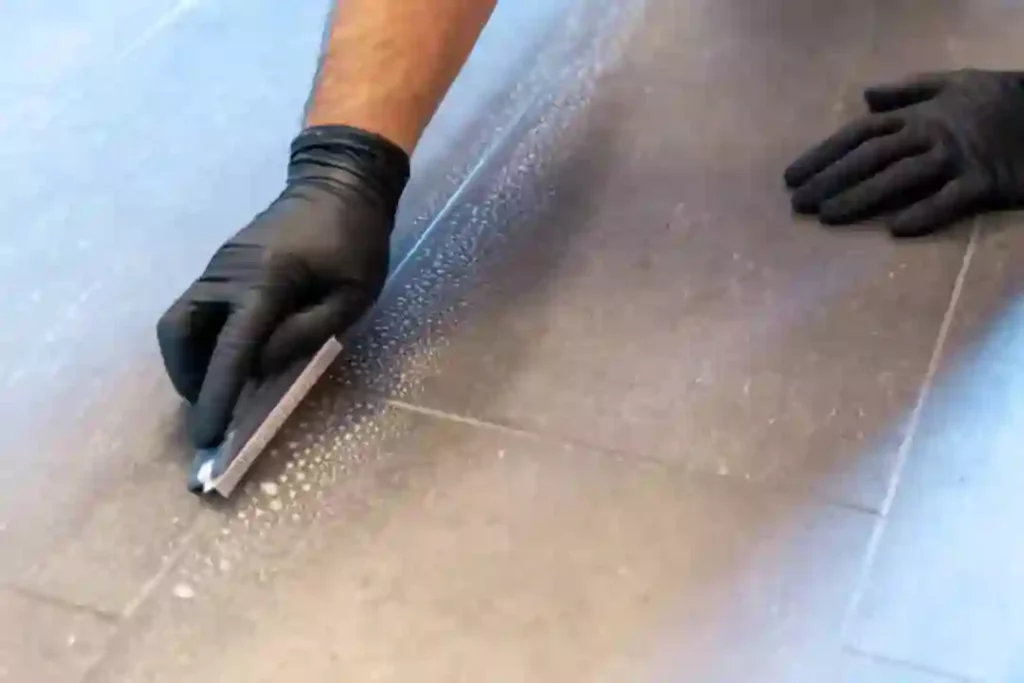
Ceramic tiles are known for their durability and resistance to wear. They can easily tolerate exposure to water, weather, chemicals, steam cleaning, and scrubbing with abrasive brushes without sustaining damage.
However, these tiles also attract stains like sugar, coffee, tea, or any staining agent like red wine or grape juice. When stains become stubborn, it is best to use natural home remedies to remove stains from ceramic tiles. If the stains are left unattended, they can become permanent and damage the delicate surface of the tile.
Vinegar is one of the most effective ways to clean ceramic tiles by removing stubborn stains that have built up over time. Vinegar contains acetic acid that reacts with the minerals present in stains to dissolve them, making it easy to clean the tiles without scrubbing.
Vinegar is a colorless liquid that is as acidic as lemon juice and is made from fermenting diluted ethanol. It also has some industrial applications, such as the production of dyes, cosmetics, drugs, and cleansers.
Steps to Cleaning Ceramic Tiles with Vinegar
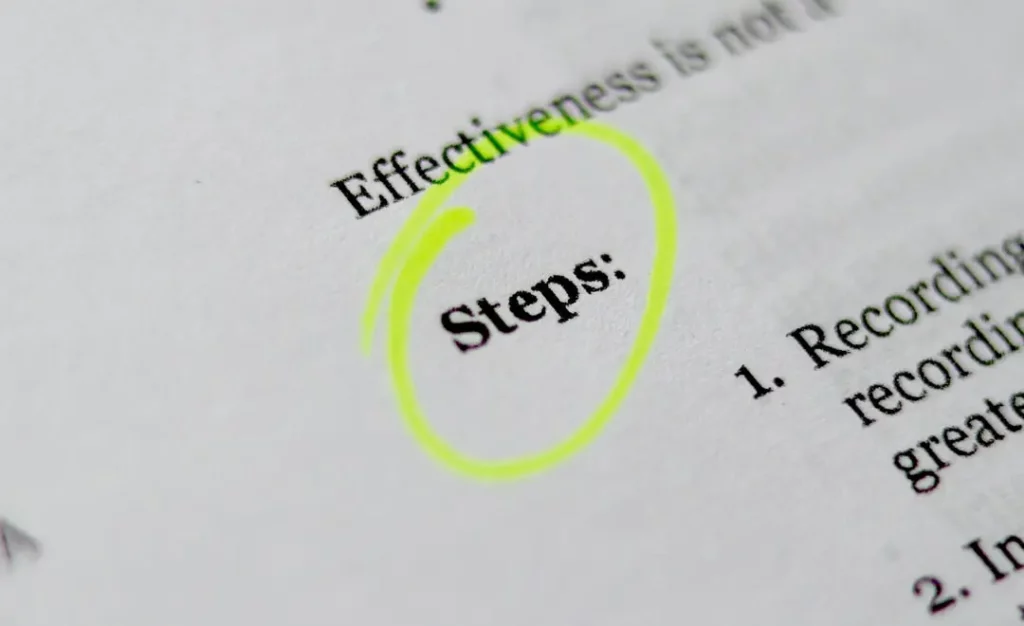
- Mix an equal quantity of vinegar and water in a bucket. Make sure to wear protective equipment, including gloves, goggles, and a mask, before proceeding with this step. The acidic properties in the vinegar can cause serious damage if it comes into contact with the eyes or skin.
- Dip a clean cloth into the vinegar solution. Squeeze out excess liquid so that the cloth is damp but not dripping wet.
- Place the damp cloth on top of the stain and press it down gently. Ensure the stained area absorbs as much of the mixture as possible to loosen up stains.
- Allow it to soak for a minute or two.
- Use a scrubbing brush to remove the loosened stains from the tiles. Rinse the floor with water and clean it with a towel. If there is some residue, allow it to air-dry completely before wiping it off for best results.
- Repeat steps 2–5 until all the stain has been successfully removed from the ceramic tiles.
- After the tiles have dried, apply a coat of sealant to protect them from future staining.
Interested in reading similar articles? Click here.
Final Thoughts
Cleaning ceramic tiles can be a tricky process. It is important to use the right cleaning product so that you don’t damage the seal on your tile surfaces while removing stains or spills.
Vinegar may remove some types of stains from your ceramic tiles, but it also has the potential to damage them if not wiped off completely after cleaning.
As long as you are aware of these risks and take care when using vinegar-based cleaners, then this method should work well for most people looking to clean their ceramic tiles without scrubbing too hard with brushes soaked in soap water. Good Luck!
